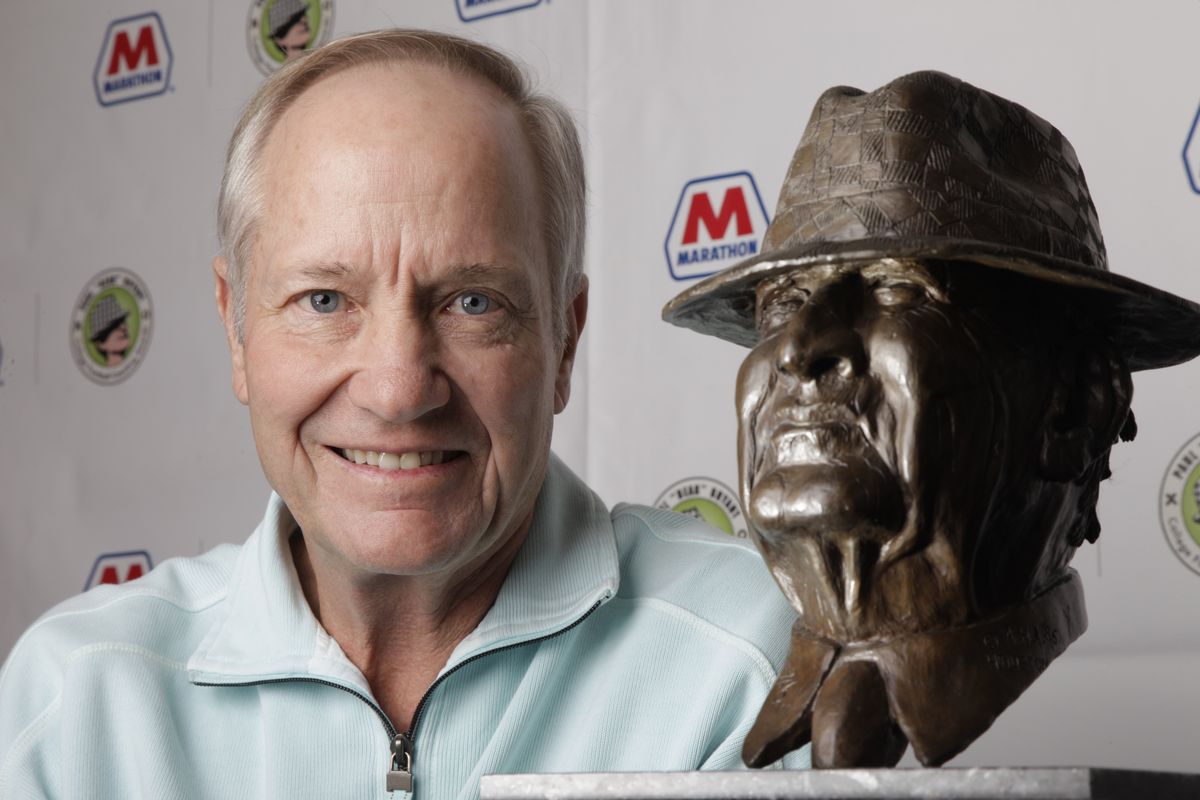Pistol gives 49ers a shot

NEW ORLEANS – If the idea was simple, so was the way former Nevada football coach Chris Ault went about mapping it out.
White tape on the floor of the locker room. A rolled-up towel to simulate a football.
And out of that came an offense that could win the San Francisco 49ers a Super Bowl.
“The tough part was there was nothing to compare it to,” Ault said. “It was a huge gamble at the time.”
It was also the kind of gamble most coaches don’t take. They’re a conservative bunch by nature, not terribly eager to risk their reputations on unproven ideas that may or may not work.
Line up the quarterback 4 yards behind center? Not a chance.
Put the running back behind the quarterback instead of next to him as in the shotgun? Nope.
Add a read-option to allow the quarterback to run? No way.
Ault, though, didn’t have much choice when he began tinkering in the locker room along with an assistant coach. He had returned to coaching the prior year, only to go a disappointing 5-7, and he needed something to make the most out of the recruits he was left with after the bigger schools made their picks.
The pistol – named because it was a shortened version of the shotgun – was born in 2005, and Nevada went on to go 9-3 and win a conference championship. Ault tossed in the read-option two years later, just in time for a quarterback named Colin Kaepernick.
His Wolf Pack began to win – and win a lot. Suddenly, other coaches started looking at what was happening and began traveling to Reno to see what this new-fangled offense was all about.
Now Ault is being hailed as a coach who helped change the offensive landscape of football.
“I never had any vision of it being used in the pros,” Ault said. “The NFL is a copycat league. People don’t do stuff like this.”
They are now, with several NFL teams incorporating elements of the pistol in their offenses. The Washington Redskins probably used it most this year to suit the talents of Robert Griffin III, and the 49ers began using it more and more to allow Kaepernick to run when he took over at quarterback.
“I think it will have staying power in the league,” Baltimore coach John Harbaugh said. “The beauty of it is, and part of the genius of it is, it’s such a simple idea. … You can run your whole offense on it. You aren’t limited to an option-type attack out of it.”
Whether the Ravens can stop the read-option that Kaepernick runs so effectively may be the key to the Super Bowl. But the problem with stopping Kaepernick from running the ball, as the Atlanta Falcons did so successfully, is that it opens up the running game for a back such as Frank Gore.
And that, says Ault, was the basic plan of the offense to begin with.
“We designed it for that,” he said. “We want the running back to carry the football, that’s the guy you’re paying, so to speak, to run the ball. There was never a thought in my mind our quarterback is going to rush for this and that on our read play. The first thing we want is the ball in the running back’s belly. Then the play takes care of itself.”
The concept of the pistol is that the ball gets to the running back quicker than it would out of a shotgun or if the quarterback is lined up under center, allowing him to run north and south more quickly. For passing plays, the quarterback is just 2 yards closer to the line of scrimmage than in the shotgun, giving him a clear view of the field.
The benefit of adding the read option is that it forces the defensive end to make a decision on which way to go. If he commits the wrong way or hesitates for a split second, the hole opens up.
“They can do so much and do so many things,” Ravens linebacker Terrell Suggs said. “They can pass out of it. They hand the ball off. … You have to stay fundamentally sound to defend so many things and play.”